'Mindcraft': four highlights from the Danish design expo at Salone del Mobile

Each year Denmark’s quirkily named Agency for Culture and Palaces and the Danish Arts Foundation sponsor a showcase of Danish craftsmanship during Salone del Mobile in Milan. Called Mindcraft, it brings together both well-established and emerging talents across a wide field of crafts, from product design to textiles and from fashion to sound installation.
For the second year running, Mindcraft has been curated by the Danish-Italian design duo Stine Gam and Enrico Fratesi of GamFratesi, who have an enviable track record for creating commercially successful but aesthetically uncompromising products. They have also designed a strikingly theatrical backdrop to the exhibition space of the Circolo Filologico Milanese, with many of the exhibits placed on revolving plinths. This year’s show – which is subtitled ‘In My Mind Craft’ – is typically diverse, and Wallpaper* was treated to some of the highlights recently in Copenhagen.

Pictured: Heavy Stack (Extrude)’, details, by Maria Bruun & Anne Dorthe Vester.
Heavy Stack (Extrude)
Equally intriguing are the mysterious wood-and-ceramic constructions called ‘Heavy Stack’, developed by two young women: architect Anne Dorthe Vester and designer Maria Bruun. Young and enthusiastic, Maria and Anne are definitely talents to watch: their current work includes a chunky oak bench with thick ceramic ‘legs’ and an oak double chair with brass-inlaid arms and a circular seat pad that looks like rubber but is actually made from black ceramic.
Their ‘Heavy Stack’ objects are built from lengths of untreated oak enclosing thick ceramic rings, created by adapting a machine that was originally designed for extruding bricks. By taking changing its profile from square to round Vester and Bruun were able to persuade it to squeeze out hollow tubes instead, which they shaped into perfect circles and ellipses while the ceramic was still soft.
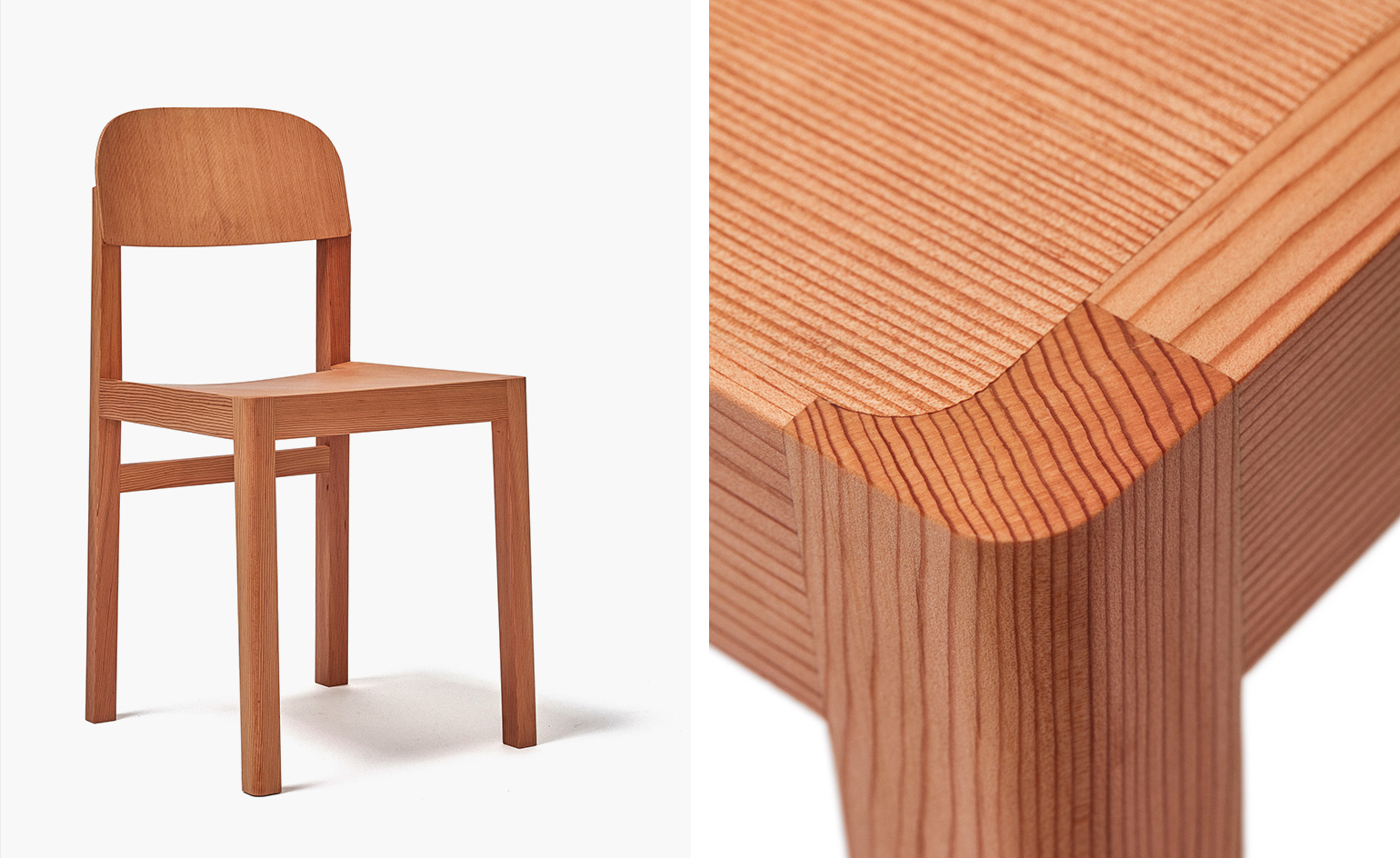
Pictured: ’Sølvegade Chair’, and detail, by Cecilie Manz.
Sølvgade Chair
Cecilie Manz is a living legend of Danish design. Her work encompasses furniture, ceramics, textiles, lighting, glassware and the Beolit 12 portable radio for Bang & Olufsen, but she has a special affinity with chairs – and for Mindcraft 2016 she has created what she describes as her Platonic ideal of a kitchen chair. Called the ‘Sølvegade Chair’ after the central-Copenhagen street her studio is on, its deceptively simple design is a masterpiece of refinement. Made from solid Oregon pine, whose red tint she has always admired, its crisp detailing and general look of ‘rightness’ has ‘classic of the future’ written all over it.
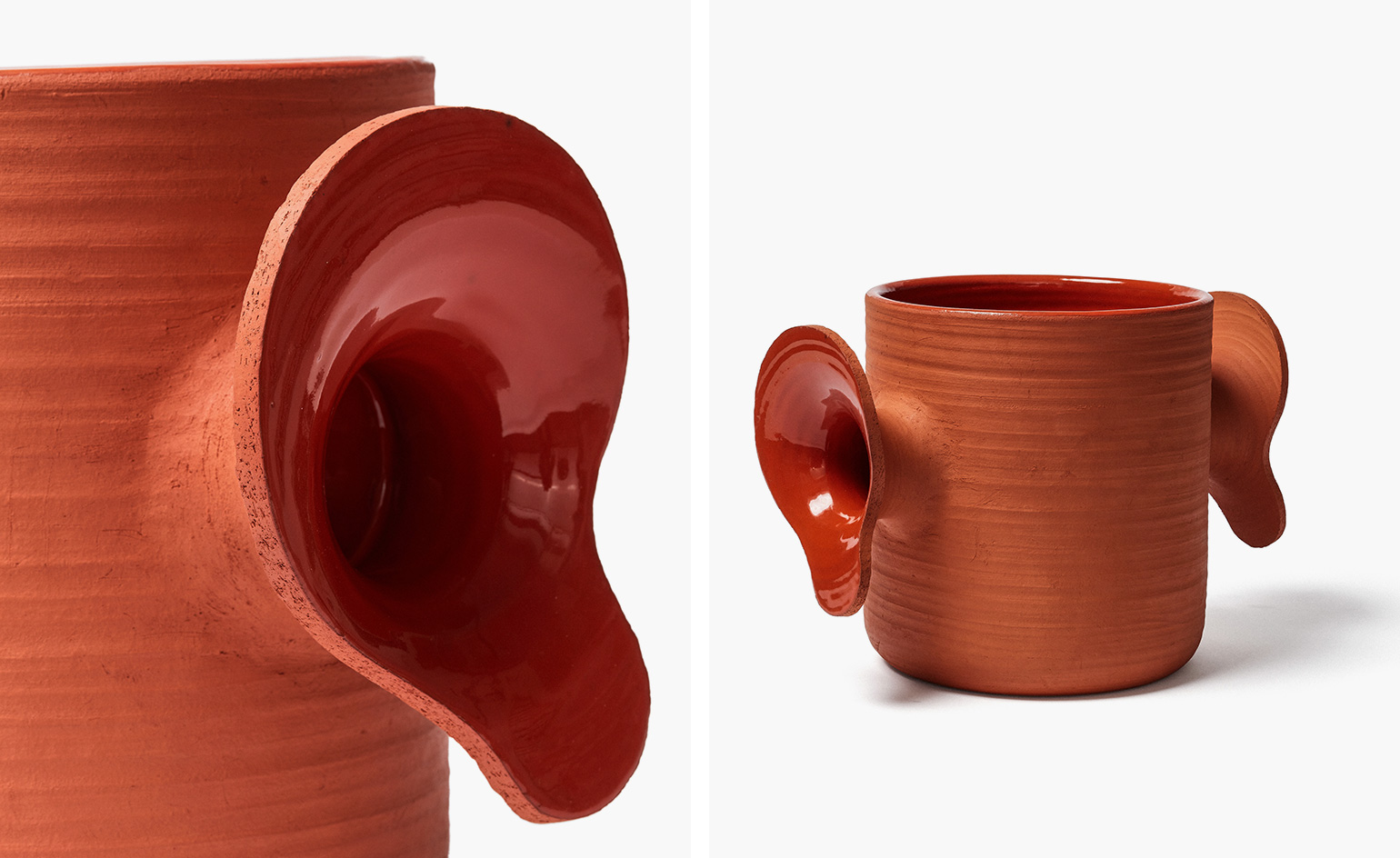
Pictured: ’Primal Pottery Project’, details, by Ole Jensen.
Primal Pottery Project
Ole Jensen is one of the best-known potters in Denmark, with an enviable portfolio of instantly recognisable designs for Normann Copenhagen, Muuto and Royal Copenhagen among many other brands. But for Mindcraft this highly creative ceramicist has gone back to basics, building up a collection of witty and powerfully shaped terracotta vessels which he’s called his ‘Primal Pottery Project’.
Inspired by the visual resemblances between elements of traditional pots and parts of the human body, these quirky and characterful objects reference ears, legs and breasts, the raw nature of the red fired clay emphasised by a bright red interior glaze.
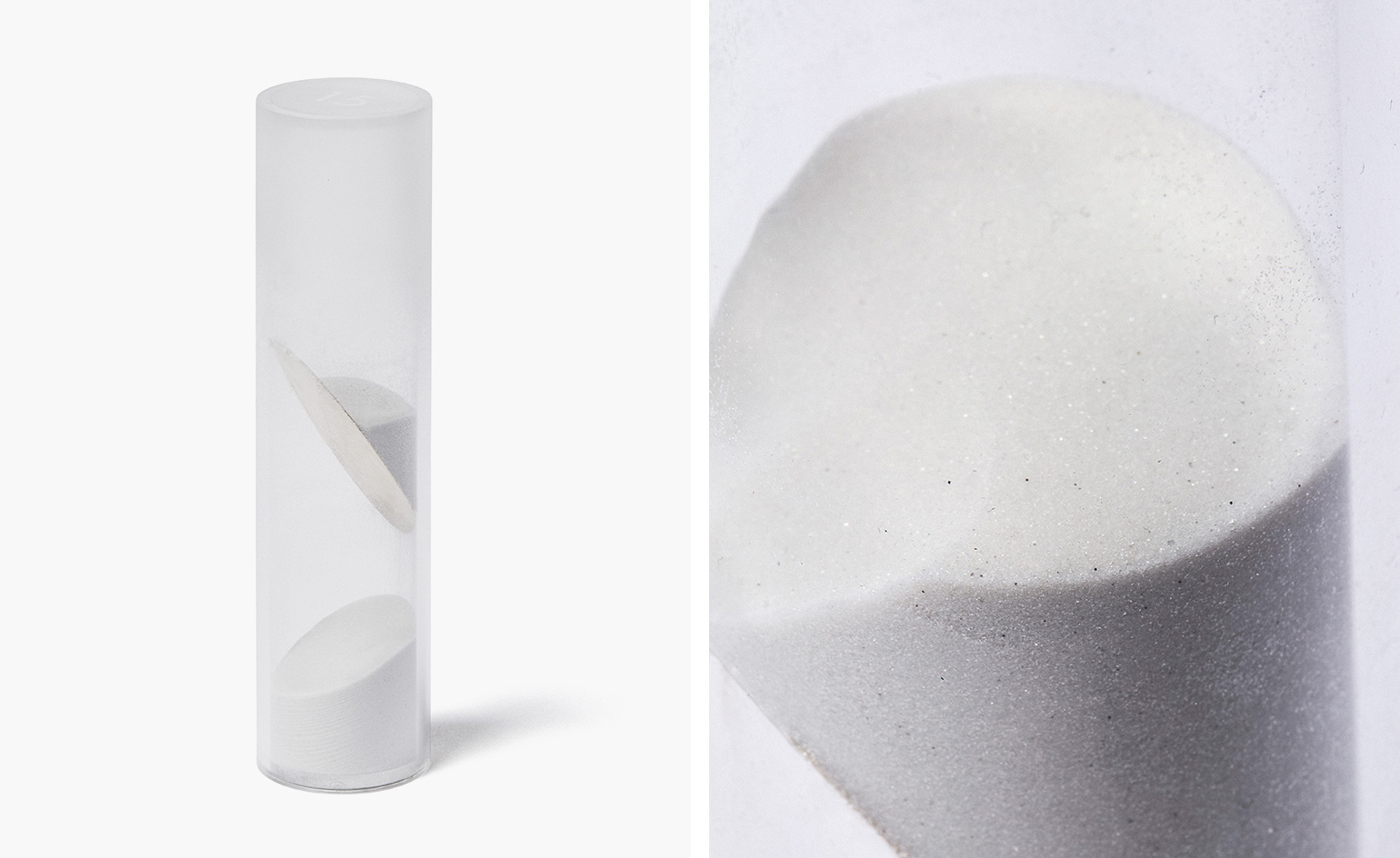
Pictured: ’Mindcraft’, and detail, by Øivind Alexander Slaattto.
Mindframes
Øivind Alexander Slaattto is probably best known for his BeoPlay A9 speaker for Bang & Olufsen, with its passing resemblance to a particularly stylish archery target. Based in north Copenhagen in an attic studio he shares with three or four other young designers, he trained as a tuba player before studying at the Danish Design School (now part of the Royal Danish Academy of Fine Arts).
For Mindcraft he has developed a collection of tubular glass hourglasses Mindframes, which he’s called Mindframes are are, he says, ‘designed to help you keep track of time while staying sane.’ Artfully constructed from clear acrylic tubes divided by angled brass discs, each Mindframe measures two different periods of time from as little as a minute to as long as 16 hours, one period for work and the other, longer period for rest and reflection. Slaatto, who doesn’t carry a smartphone or check his email outside working hours, says the idea derives from research that shows that the brain can only absorb information successfully for 45 minutes at a time.
Receive our daily digest of inspiration, escapism and design stories from around the world direct to your inbox.
-
 A. Lange & Söhne's new Bond Street flagship merges German charm with Mayfair poise
A. Lange & Söhne's new Bond Street flagship merges German charm with Mayfair poiseThe celebrate the launch of its handsome new home, the brand's releasing an equally elegant new watch
-
 Vincent Van Duysen and Zara unveil a sophisticated new flagship concept in Barcelona
Vincent Van Duysen and Zara unveil a sophisticated new flagship concept in BarcelonaZara Diagonal by Vincent Van Duysen brings the intimacy of a domestic space to the shopping experience
-
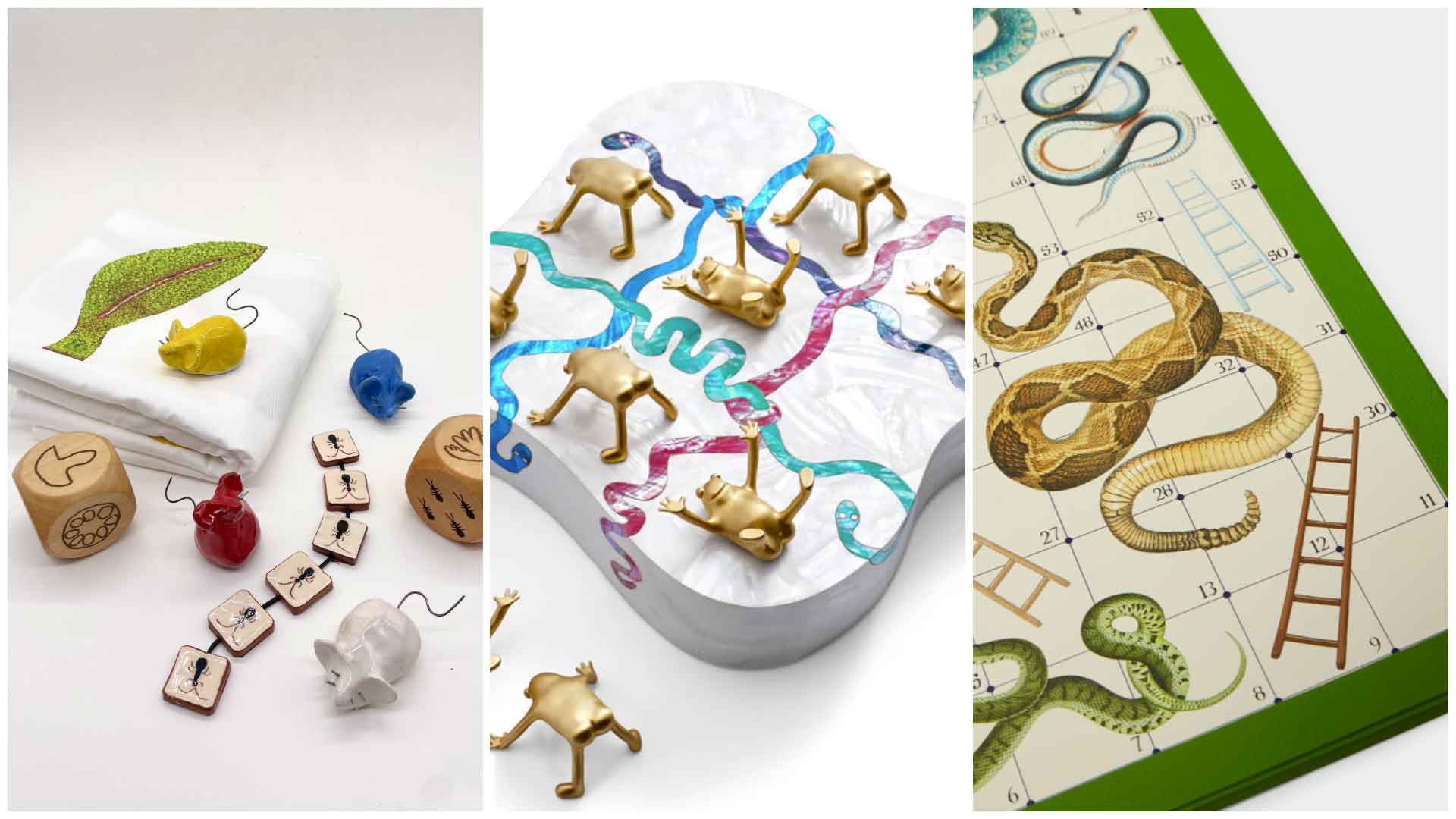 These classic board games are elevated with a creative twist
These classic board games are elevated with a creative twistFrom a leather Snakes and Ladders to a whimsical Noughts and Crosses (plus a few newcomers): browse our edit of the best board games to keep you and your guests entertained this holiday season
-
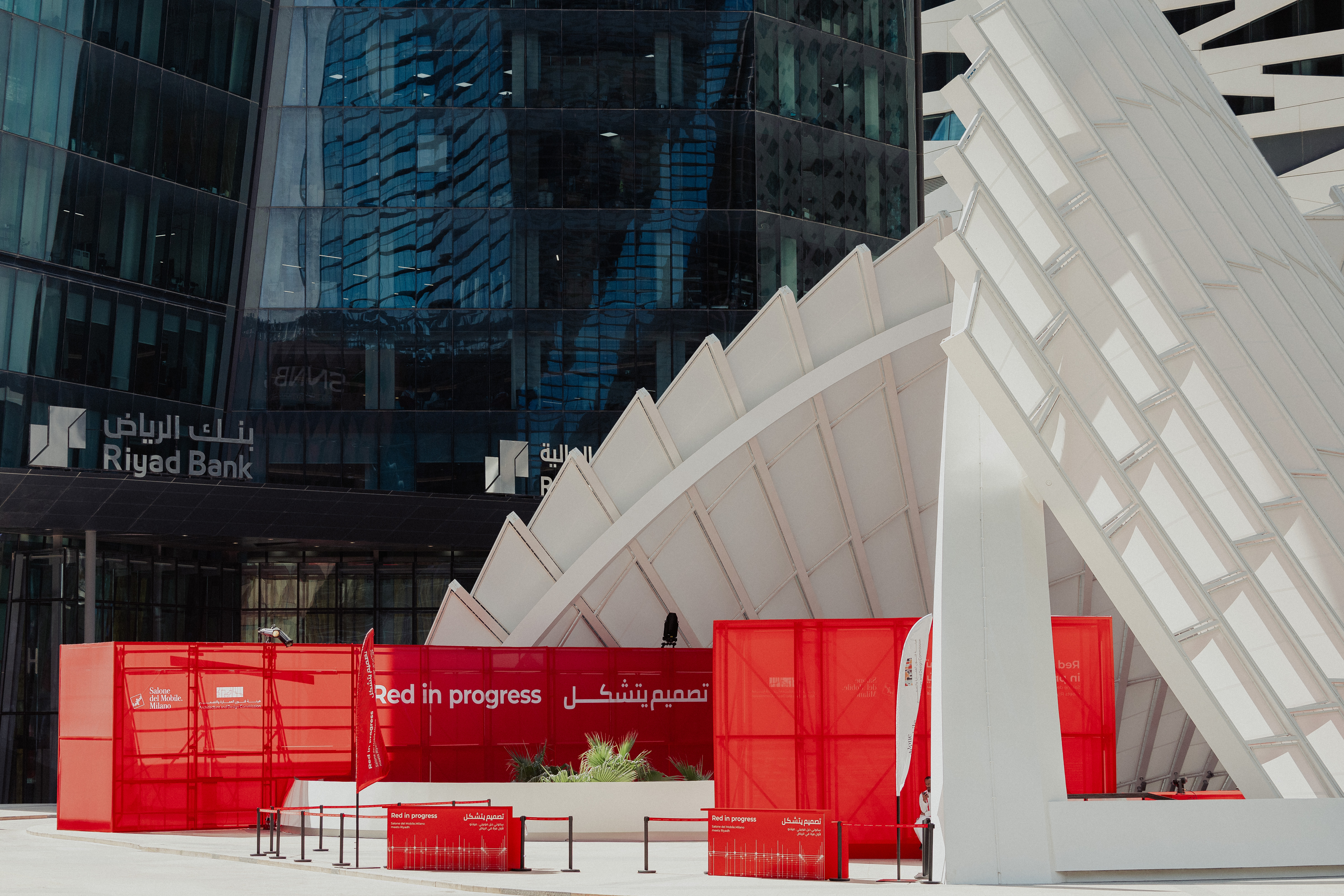 ‘Locally anchored and globally conversant’: Salone del Mobile debuts in Saudi Arabia
‘Locally anchored and globally conversant’: Salone del Mobile debuts in Saudi ArabiaSalone del Mobile lands in Riyadh (26-28 November 2025), bringing its creative and manufacturing know-how to one of the world’s fastest-growing markets and setting the stage for Italo-Saudi design relations
-
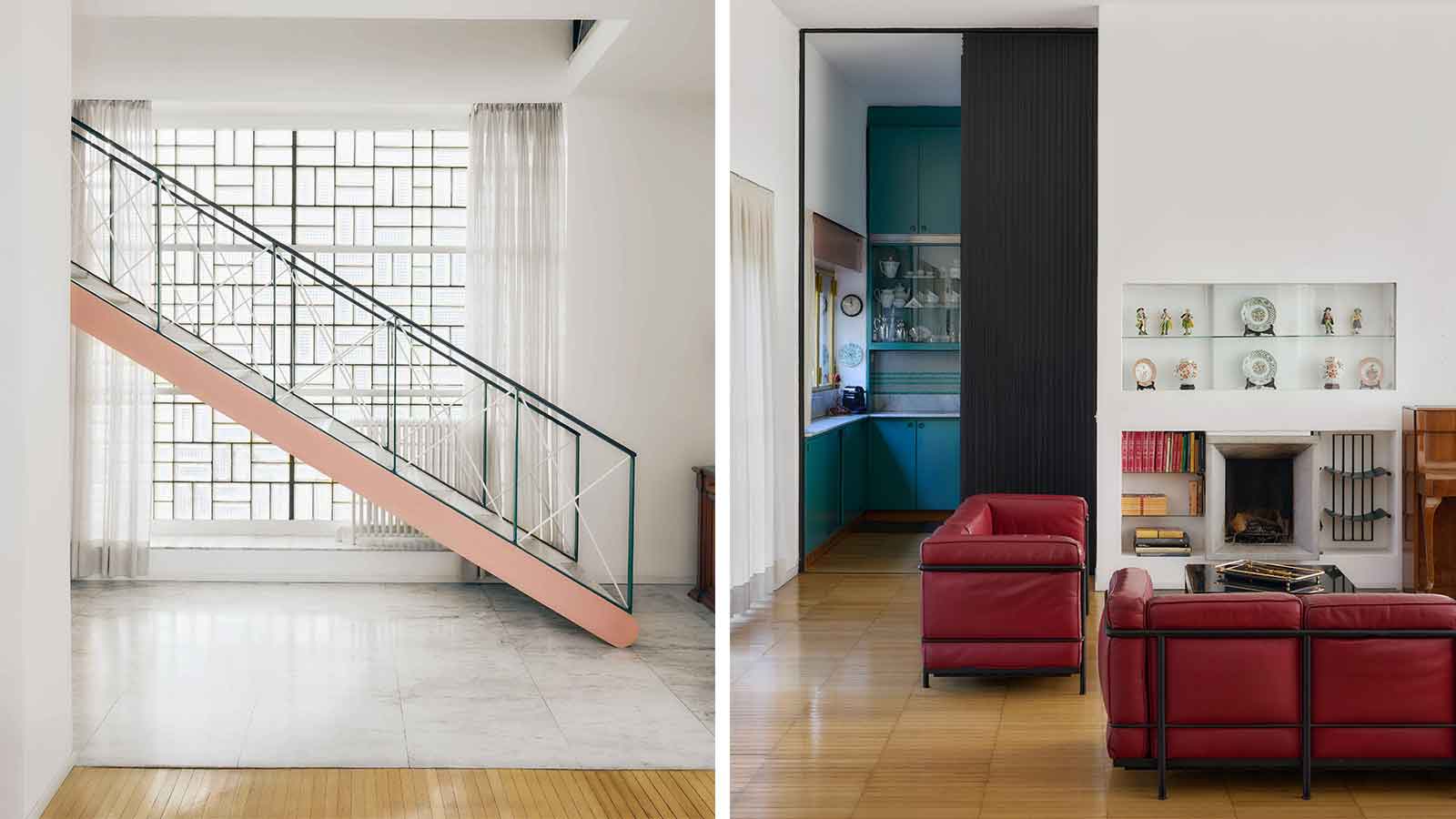 Alcova 2026 locations include a Rationalist gem and an abandoned church
Alcova 2026 locations include a Rationalist gem and an abandoned churchAlcova returns for an 11th edition in 2026 (20-26 April), once again opening up two exclusive Milanese locations, the Baggio Military Hospital and Franco Albini's Villa Pestarini
-
 Salone del Mobile 2026 will embrace collectible design with Salone Raritas
Salone del Mobile 2026 will embrace collectible design with Salone RaritasSalone del Mobile has Salone Raritas, a new exhibition space at the fair (21-26 April 2026), curated by Annalisa Rosso and designed by Formafantasma
-
 O Milano! Design's epic annual spectacle in photos
O Milano! Design's epic annual spectacle in photosCall us biased, but we believe that Milan Design Week is, at this moment in time, the greatest show on earth
-
 ‘Romantic brutalism’ rethinks Polish craft
‘Romantic brutalism’ rethinks Polish craftAn exhibition in Warsaw gives local makers their due, looking inside the burgeoning world of Polish design
-
 Eight designers to know from Rossana Orlandi Gallery’s Milan Design Week 2025 exhibition
Eight designers to know from Rossana Orlandi Gallery’s Milan Design Week 2025 exhibitionWallpaper’s highlights from the mega-exhibition at Rossana Orlandi Gallery include some of the most compelling names in design today
-
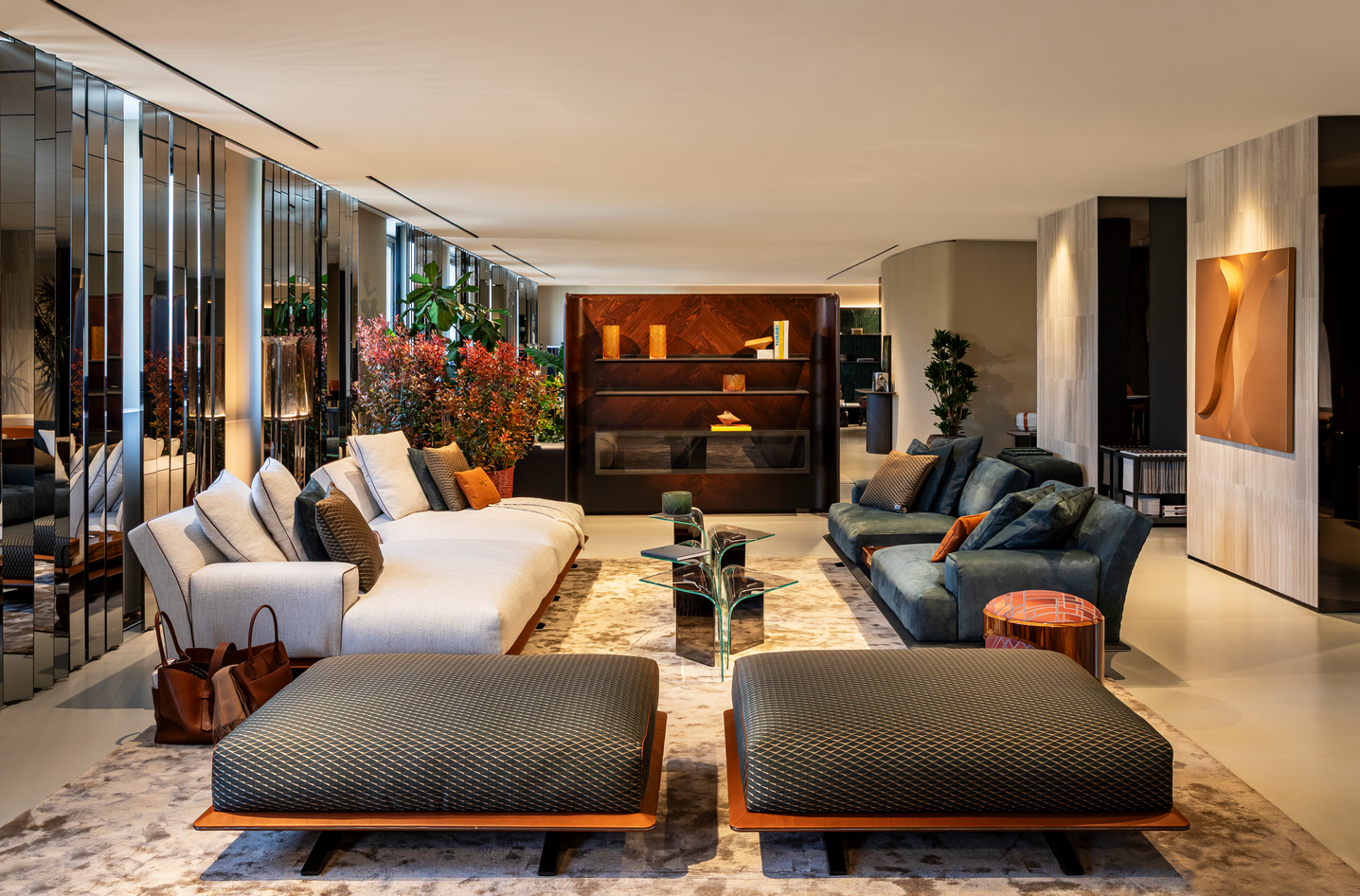 Bentley’s new home collections bring the ‘potency’ of its cars to Milan Design Week
Bentley’s new home collections bring the ‘potency’ of its cars to Milan Design WeekNew furniture, accessories and picnic pieces from Bentley Home take cues from the bold lines and smooth curves of Bentley Motors
-
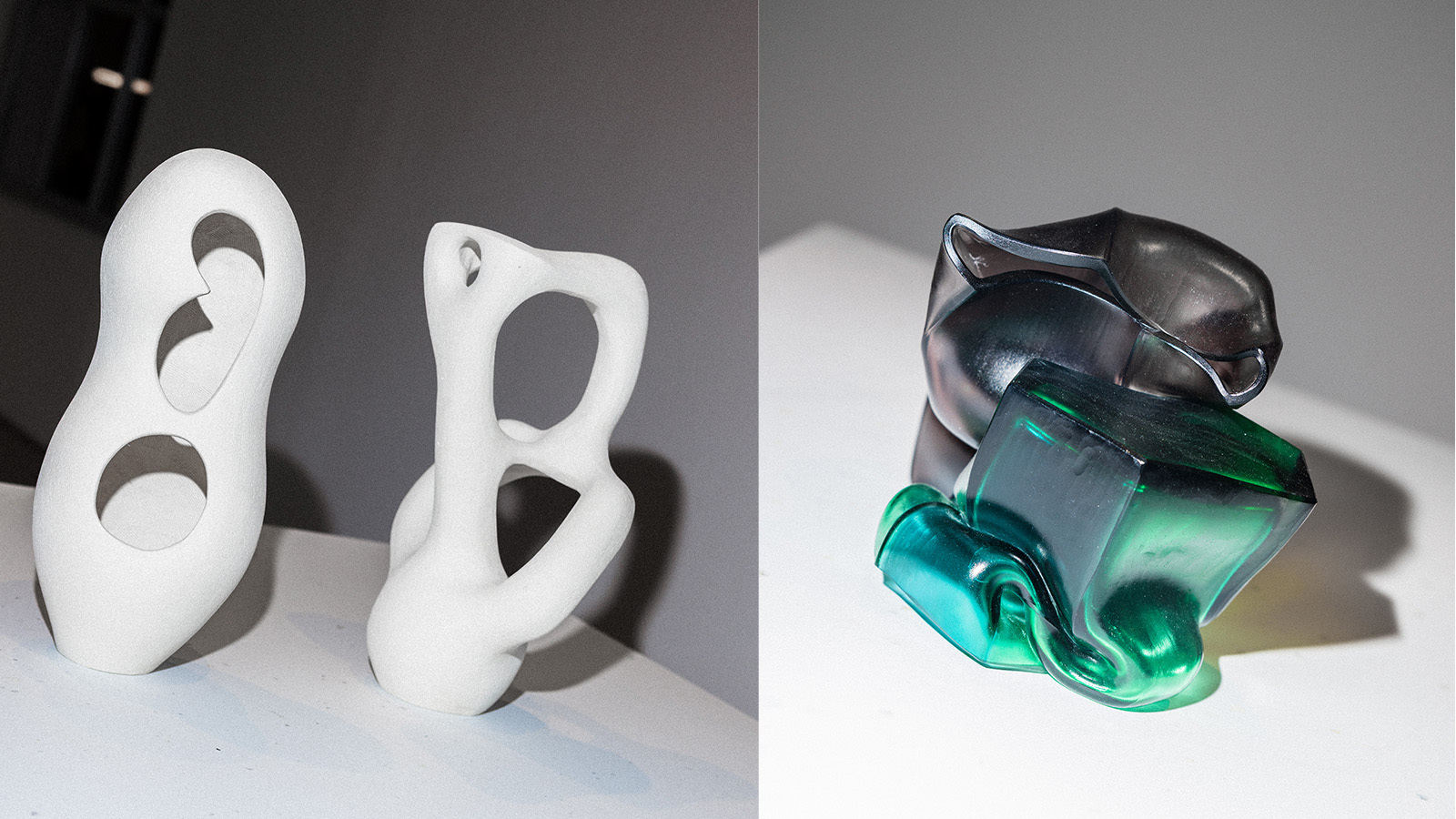 StoneX partners with Wallpaper* for material alchemy at Milan Design Week and beyond
StoneX partners with Wallpaper* for material alchemy at Milan Design Week and beyondThe natural stone purveyor teams up with Wallpaper* for a three-year partnership of material adventures, starting with an exhibition at Triennale di Milano